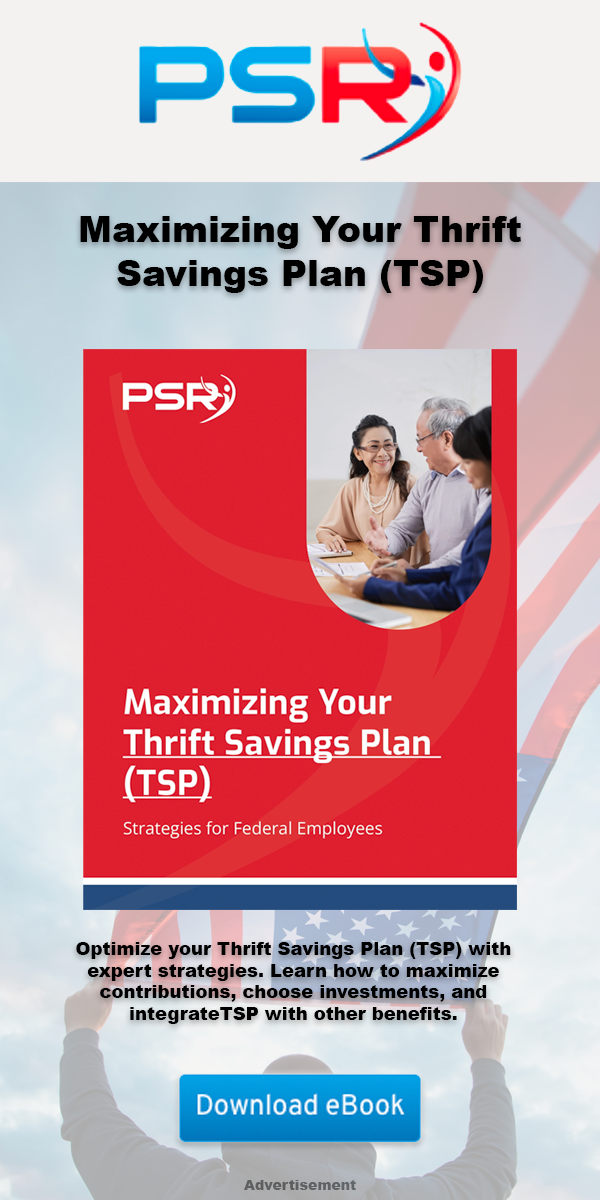Key Takeaways:
- Careful planning of TSP withdrawals can maximize your retirement income and minimize taxes.
- Understanding the withdrawal options and rules is essential for federal employees looking to make the most of their savings.
TSP Withdrawals Without Regret: The Best Moves for Federal Employees Ready to Tap Their Savings
- Also Read: The Latest Federal Employee News You Need to Know to Protect Your Retirement
- Also Read: Ready for Retirement? Here’s How Law Enforcement Officers Can Leave the Job with Benefits Intact
- Also Read: FAA, Law Enforcement, and Special Federal Employee Categories—Here’s What Makes Their Retirement Unique
What Are Your TSP Withdrawal Options?
Federal employees nearing retirement have three primary ways to withdraw from their TSP savings, each with different benefits and risks. Understanding these options can help you avoid mistakes that could impact your long-term financial security.
-
Lump-Sum Withdrawal: This option allows you to take all your TSP savings at once. While the idea of having all your savings in hand might be tempting, a large withdrawal could push you into a higher tax bracket, resulting in a hefty tax bill. For many retirees, taking smaller distributions over time can be a more tax-efficient strategy.
-
Monthly Payments: If you prefer regular income, monthly payments offer a flexible way to withdraw from your TSP. You can either choose a fixed dollar amount or let the TSP calculate payments based on your life expectancy. This flexibility allows you to adjust your payments to match your lifestyle needs as they change over time.
-
TSP Annuity: With this option, you can convert your savings into an annuity that provides a steady stream of income for life. While it guarantees income, it comes with less flexibility, and once the annuity starts, it can’t be changed. Many retirees prefer to retain control over their savings by opting for monthly payments instead.
Contribution Limits and How They Shape Your Withdrawals
Before considering withdrawals, it’s important to understand how contribution limits affect the size of your TSP balance. Each year, federal employees can contribute a maximum amount to their TSP, which helps grow their retirement savings significantly over time.
-
For 2024, the standard contribution limit is $23,000. Employees aged 50 or older can make additional catch-up contributions of up to $7,500.
-
If you’re contributing to both the Traditional and Roth TSP, the total contribution across both accounts still cannot exceed the annual limit. This combination of Traditional (tax-deferred) and Roth (after-tax) contributions plays a significant role in how your withdrawals are taxed later in retirement.
Maximizing your contributions while working ensures you have a larger pool of savings to withdraw from, giving you more options in retirement. Higher contributions can also lead to better growth over time, provided you invest wisely.
Should You Roll Over Your TSP to an IRA?
When you retire, you have the option to leave your money in the TSP or roll it over to an Individual Retirement Account (IRA). There are pros and cons to both.
-
Staying in the TSP: The TSP is known for its low-cost investment options, which help you keep more of your money invested for growth. It also offers simplicity and ease of management.
-
Rolling Over to an IRA: IRAs generally offer more investment choices, including stocks, bonds, and mutual funds. This can provide more flexibility and control over your investments. However, IRAs often come with higher fees, which could eat into your returns over time.
If you’re considering a rollover, weigh the importance of low costs against the desire for more investment options. Federal employees who prefer simplicity and lower fees might want to stick with the TSP, while those seeking greater investment control may benefit from an IRA.
How Can You Minimize Taxes on TSP Withdrawals?
Tax planning is crucial when withdrawing from your TSP, as it will affect how much of your savings you actually get to keep. Here are some strategies to help you minimize your tax burden:
-
Spread Out Your Withdrawals: By taking smaller, regular distributions instead of a large lump-sum, you can avoid moving into a higher tax bracket. This keeps more of your money in your pocket rather than going to taxes.
-
Take Advantage of the Roth TSP: If you contributed to the Roth TSP, your qualified withdrawals will be tax-free. This can be a great way to balance taxable income and keep your taxes lower in retirement.
-
Mind the Age 59 ½ Rule: If you withdraw from your traditional TSP before reaching age 59 ½, you’ll face a 10% early withdrawal penalty. To avoid this, wait until you reach the required age or consider exceptions allowed by the IRS, such as for early retirement.
What Are the Required Minimum Distribution (RMD) Rules?
One important aspect of TSP withdrawals is the Required Minimum Distribution (RMD). Once you reach age 72, the IRS requires you to begin taking a minimum amount from your TSP each year. Failing to take your RMD on time can result in a significant penalty—50% of the amount you were supposed to withdraw but didn’t.
To avoid penalties, it’s essential to plan your withdrawals carefully and ensure you meet the RMD rules. Consider whether you want to take just the minimum amount required or whether larger distributions might fit into your tax and income plan better.
How Does Inflation Affect Your TSP Withdrawals?
Inflation is a key concern for retirees, as it erodes the purchasing power of your money over time. When planning your TSP withdrawals, it’s important to account for inflation so that your income keeps pace with rising costs.
-
Diversify Your Portfolio: The TSP offers investment options like the C Fund (stocks) and the I Fund (international investments) that have historically provided returns that outpace inflation. Including these in your retirement portfolio can help protect your savings from the impact of rising prices.
-
Adjust Withdrawals for Inflation: Consider increasing your withdrawals by a small percentage each year to account for inflation. This ensures that your income maintains its purchasing power as costs go up over time.
How Can You Protect Your Principal While Withdrawing?
One strategy retirees often consider is withdrawing only the interest earned on their TSP investments while leaving the principal intact. This approach helps preserve your savings and allows you to benefit from future growth.
However, relying solely on interest might not provide enough income to cover all your expenses, especially if your TSP investments are more conservatively allocated. In such cases, it may be necessary to draw from the principal, but doing so carefully and sparingly can help ensure your savings last as long as possible.
Should You Return to Federal Employment After Retiring?
For retirees considering returning to federal employment, TSP withdrawals can be paused, and you can resume contributions to your account. This not only allows you to grow your savings further but also take advantage of any matching contributions from your employer.
If you do return to work, it’s important to reassess your withdrawal strategy to ensure it aligns with your new income level and retirement goals. You might find that delaying withdrawals while continuing to contribute to your TSP enhances your overall retirement security.
Maximizing Your TSP Withdrawals for a Secure Future
Federal employees have spent years building up their TSP, and the choices they make during retirement will determine how effectively they can enjoy those savings. By carefully considering your withdrawal options, minimizing taxes, and managing inflation risks, you can ensure your TSP lasts as long as you do, giving you the financial security and peace of mind needed to fully enjoy your retirement.
TSP Withdrawals: A Critical Piece of Your Retirement Puzzle
Deciding how to withdraw your TSP savings is one of the most important steps you’ll take as a federal employee nearing retirement. With careful planning, a solid understanding of withdrawal options, and a focus on tax and inflation strategies, you can enjoy your savings without regret. Whether you opt for monthly payments, roll your TSP into an IRA, or adjust your strategy to meet your lifestyle needs, taking a thoughtful approach will ensure a smooth and financially secure retirement.












